
Even if you don’t have any religious inclinations, there is no denying that there is something majestic about churches. Besides their religious meaning, many people are enchanted by the age-old architectural details and historical backgrounds of these arresting buildings.
Knowing that so many people walked around these holy locations, hundreds and even thousands of years before present day, can make for a truly special experience. Below, we compiled a list of the oldest churches around the world. Visiting any of these places of worship must be truly fascinating!
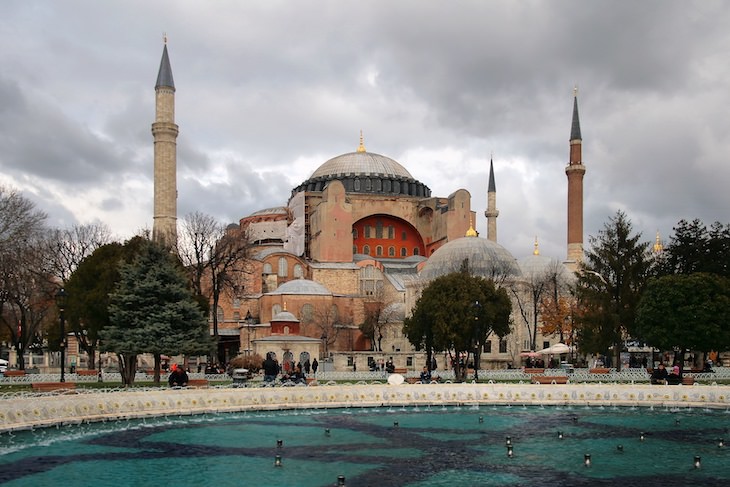
For over 1,000 years, Hagia Sophia (Ayasofia in Turkish) was the largest place of worship in existence. It was built between 532 – 537 AD by Byzantine Emperor Justinian I. Although it was originally built to be a Christian basilica, it has served as a landmark for both Christians and Muslims over the centuries, its significance shifting along with the dominant culture in Istanbul. Much like the Eiffel Tower is to Paris or the Colosseum is to Rome, the Hagia Sophia came to be a long-enduring symbol of the city.
After being used as a church for 916 years and as a mosque for 481 years, it was converted into a museum in 1934, by order of Mustafa Kemal Ataturk. In 2020 it reopened as a mosque.
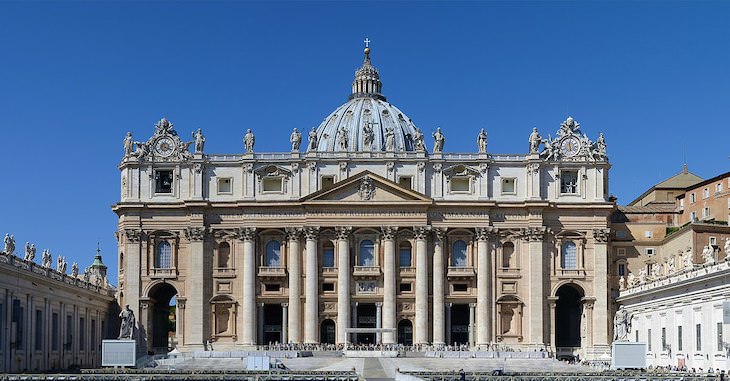
Image Source: Wikimedia Commons
St. Peter’s basilica is probably the most famous church on the list. Originally commissioned by the Roman Emperor Constantine I in 326 AD, St. Peter’s is considered one of the most renowned works of Renaissance architecture and the largest church in Vatican City, the papal enclave within the city of Rome.
Catholic tradition holds that the basilica is the burial site of Saint Peter, one of Jesus’s apostles and the first Bishop of Rome (Pope). Saint Peter’s tomb is supposedly directly below the high altar, and for that reason, many Popes have been interred at the basilica since the Early Christian period. Not only is it a significant place of worship, but St. Peter’s basilica is also home to many artistic masterpieces by artists of the caliber of Michelangelo and Gianlorenzo Bernini, among others. It’s no wonder then that this magnificent church gets as many as 10 million visitors per year.
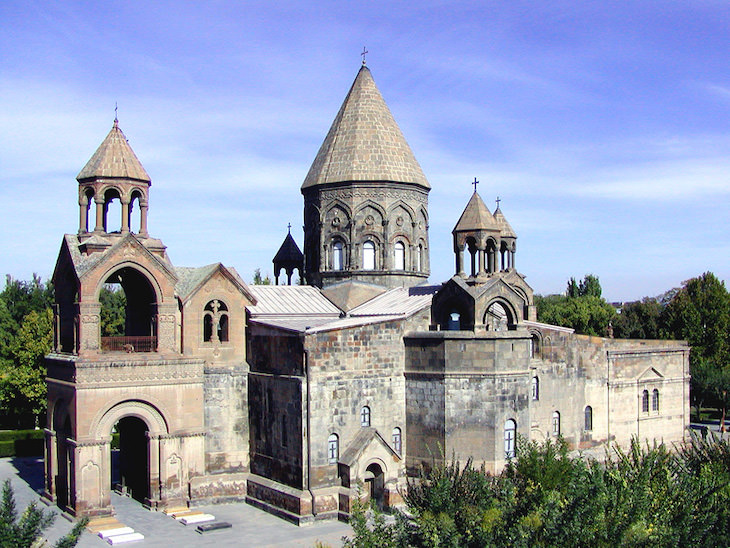
Image Source: Wikimedia Commons
Etchmiadzin Cathedral holds the distinction of being the oldest church in the world that was originally built by a state. The original structure was built between 301 and 303, by Armenia’s patron saint Gregory the Illuminator, following the country’s adoption of Christianity (Armenia is considered to be the world’s first Christian country).
Wishing to symbolize the transition from paganism to Christianity, the cathedral was built over the ruins of a pagan temple, in what is known today as Armenian style, emphasizing the height, pointed domes, and stone materials. Today the Etchmiadzin Cathedral is used as the headquarters of the Armenian Apostolic Church.
Related: The World's Biggest Churches and Cathedrals
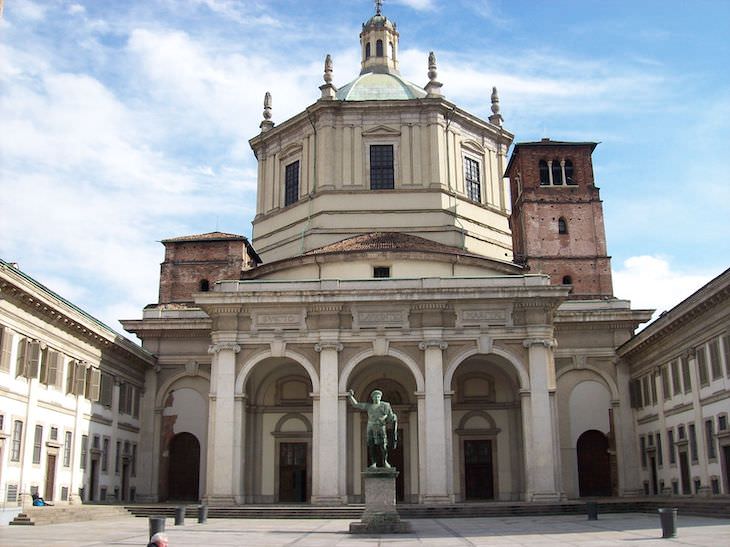
Image Source: Wikimedia Commons
When the Basilica of San Lorenzo was completed in Milan in 402 AD, it was the largest construction project the Western world has ever seen. In fact, it served as inspiration for Hagia Sophia. In front of the church is the Colonne di San Lorenzo, 16 Corinthian columns dating back to the 2nd and 3rd centuries, thought to have been moved from a pagan temple during the 4th century.
Today, the Basilica of San Lorenzo is still an operational church, and many of its original features still remain, although much of it had to be rebuilt over the centuries.
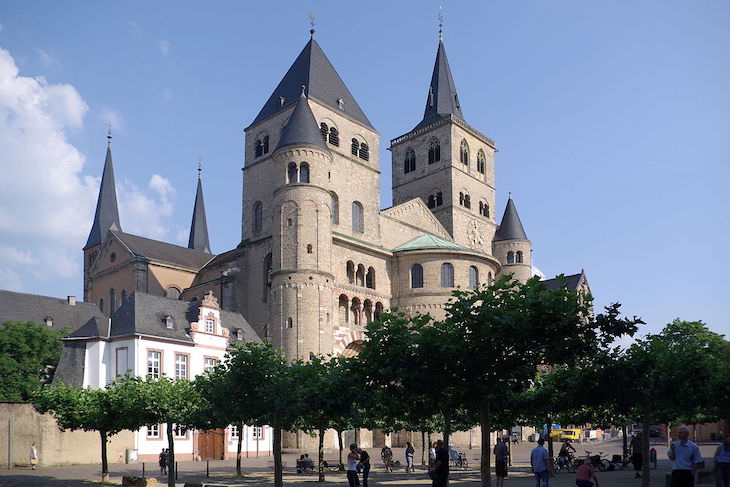
Image Source: Wikimedia Commons
The Cathedral of Trier is the oldest church in Germany as well as the oldest building still serving its original purpose as a cathedral in the present day. What makes the Cathedral of Trier truly fascinating, however, are its relics.
It holds one of the Holy Nails that was said to hold Jesus to the cross, as well as an artifact known as the Seamless Robe of Jesus. This robe, which is said to have been worn by Jesus shortly before the crucifixion, is kept at an annex chapel and shown to the public only on rare occasions. The last time it has been displayed was in 2012.
Related: 12 of France's Oldest and Greatest Churches
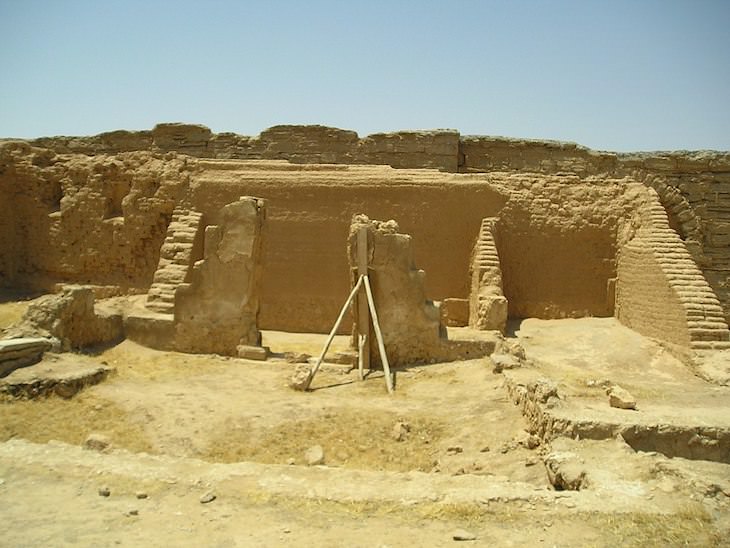
Image Source: Wikimedia Commons
The Dura-Europos Church in Syria is likely the oldest church in existence, dating back to 235 AD. Before it became a place of worship, it is believed that the building was a private residence. Today the site is in ruins, but it was fully excavated during the 1920s and 1930s by a team of American and French archeologists.
The most notable features of the church are a few frescoes that include images of David and Goliath, Adam and Eve, and Christ healing the sick and walking on water. The frescoes were removed from the site and are currently displayed at the art gallery of Yale University.
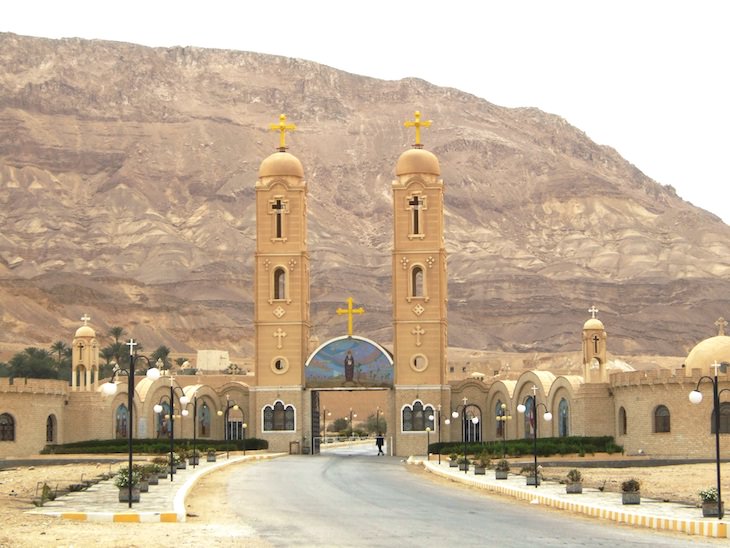
Image Source: Wikipedia
The Monastery of Saint Anthony stands in an oasis in the Eastern Desert of Egypt. It was built in the year 356 and is an active monastery to this day, home to more than 100 monks. The monks residing there still follow traditions set by St Anthony, St Paul, and their first followers 16 centuries ago.
The church, which is the oldest part of the monastery, was built over Saint Anthony’s tomb. Visitors to the monastery, often referred to as pilgrims, can attend tours led by the monks through its ancient halls and buildings and view the collection of medieval Coptic wall paintings that adorn the wall over the Saint's tomb.

Image Source: Wikimedia Commons
Megiddo Church has one of the most interesting discovery stories we’ve heard. The remains of the church were found within the grounds of a modern prison, and the prisoners were the first ones to discover clues of an archeological site in 2005. It was then further excavated by Tel Aviv University archeologists, who gathered some remarkable information on the ancient church.
Megiddo church dates back to the 3rd century, decades before Christianity was legalized in the area. A huge mosaic measuring nearly 600 sq ft is the most fascinating feature of the site. An inscription inside the church mentions a Roman officer named Gaianus, who donated ‘his own money' to have the mosaic made.
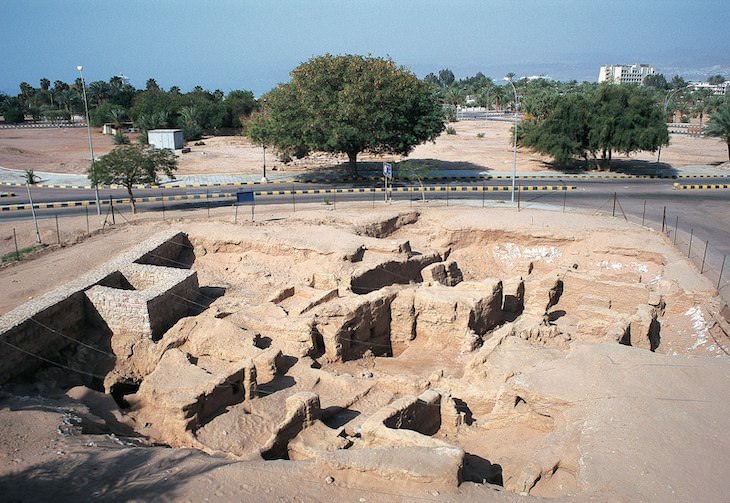
Image Source: Wikimedia Commons
Aqaba Church in Aqaba, Jordan, was hidden for almost 2,000 years until it was discovered in 1998. During the excavation, the team found tombs bearing golden crosses, as well as glass lamps, a cemetery with more than 200 skeletal remains, and coins in a collection box.
It is believed that the church’s peripheral location within the Roman Empire is what saved it from destruction during the Great Persecution of Christians in the years 302-311 AD.
Cover image source: Wikimedia Commons
Found this article interesting? Share it with others!